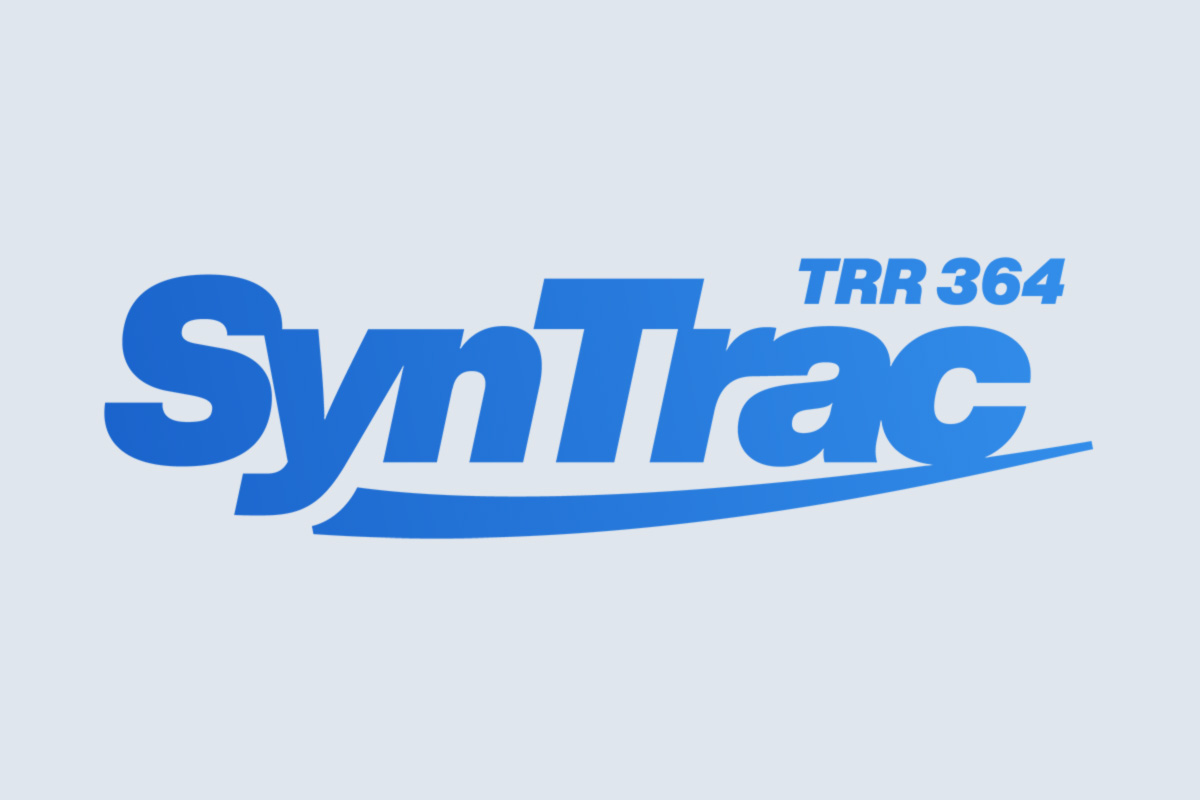A04: Distributed energy-efficient flight control — control allocation methods
Project A04 contributes advanced control allocation methodologies, by which new degrees of freedom offered by distributed propulsion and thrust vectoring can be fully exploited. The mapping from actuation to force and torque will become multivariable, and uncertain. It is exactly that mapping that has to be inverted for any flight control system. Considering certification, any inversion algorithm must be real-time applicable, it must not be conservative, and most important, computational bounds must be guaranteed. Furthermore, it must be possible to consider actuator failures. All of these certification-driven constraints make the overall inversion problem difficult. The objective of this project is to exploit the controllability potential of new distributed and/or integrated propulsion configurations of SynTrac. The solution will be approached in two ways, model-based and data-driven.
Motivation
Distributed propulsion on the basis of electric or hybrid systems is a promising approach to the reduction of energy consumption. In a distributed propulsion system, in general each propulsor is not only used for thrust (force) generation, but also for torque generation, which can be used for flight control purposes. This is fundamentally different from conventional aircraft, where flight controls and propulsion have independent tasks. Flight control tasks are nominally accomplished by aerodynamic surfaces while thrust is provided by the propulsion system. Configurations will be analysed where a combined force/torque generation of a propulsor must be taken into account and possibly be exploited towards further objectives.
Objective
- Controllability: How well are the future transport aircrafts controllable?
- Optimization: How to exploit redundant degrees of freedom? Can power be optimized?
any allocation algorithm must be real-time applicable,
- computational bounds must be guaranteed
- the allocation result must not be conservative, i.e. the physical envelope must be fully exploited
Approach
The project involves designing models of actuators and propulsion systems, as well as establishing model-based allocation and secondary allocation objectives. Additionally, a machine learning approach is utilized, and support is provided for closed-loop verification processes.
Role in SynTrac
In the area of flight controls, the control allocation part is significantly affected by any novel distributed propulsion system. It is a key issue from a system functional and system performance point of view.
This project A04 has important interfaces to the project A05 (M06, M07, M08).
The interface M08 represents a strong collaboration in the development of flight mechanical and actuation models. This also includes verification models from A05 and the data generated through that for training the learning-based method proposed in WP3 of A04. In particular all related important model data from other projects are collected in project A05 and exchanged with A04. Thus, project A04 has one interface in that respect.
Project A04 delivers allocation algorithms to project A05 (M06, M07) where they will be used in a closed loop of a flight control system.
Another delivery are the force/torque envelopes that are further used in project 06 (M25).
Finally, the project C06 provides information (D28) to project A04, which is necessary for a first step to explore noise reduction potential within an actuator allocation problem.









